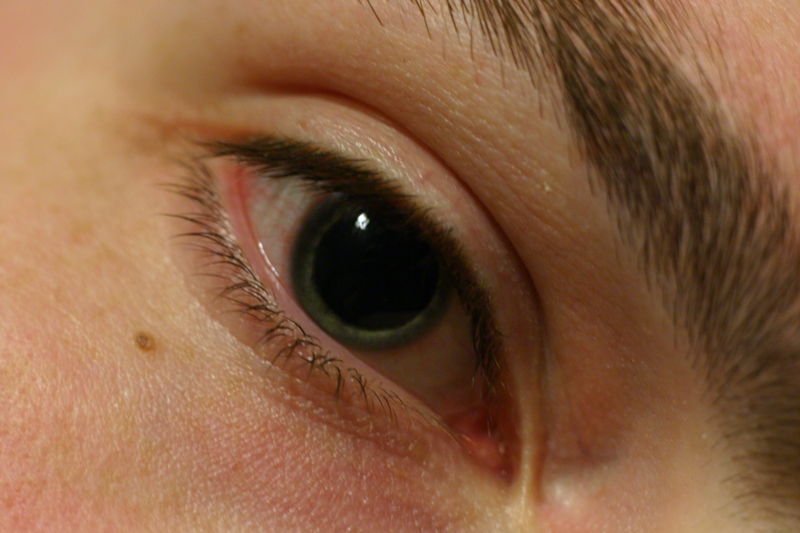Blown pupil
Editor-In-Chief: C. Michael Gibson, M.S., M.D. [1]
Please Take Over This Page and Apply to be Editor-In-Chief for this topic: There can be one or more than one Editor-In-Chief. You may also apply to be an Associate Editor-In-Chief of one of the subtopics below. Please mail us [2] to indicate your interest in serving either as an Editor-In-Chief of the entire topic or as an Associate Editor-In-Chief for a subtopic. Please be sure to attach your CV and or biographical sketch.

Blown pupil is an informal medical term used by physicians and nurses to refer to sudden pupillary dilation and loss of ability to constrict in response to light. It is an important clinical sign in physical diagnosis, especially in emergency department or intensive care unit patients, where it can signal a stroke, impending brain herniation, or other brain catastrophe.
Pupillary dilation (mydriasis) indicates unopposed sympathetic activity due to impaired parasympathetic axons. This may reflect compression or distortion of the oculomotor nerve by either primary injury or herniation. Mydriasis also may be an effect of adrenergic stimuli such as epinephrine, anticholinergics, cocaine, PCP, and drug withdrawal. The classic fixed and dilated "blown pupil" is a unilateral phenomenon that may occur when a rapidly expanding intracranial mass, including blood from a hemorrhage, is compressing cranial nerve III. It may also represent herniation of the uncus of the temporal lobe.